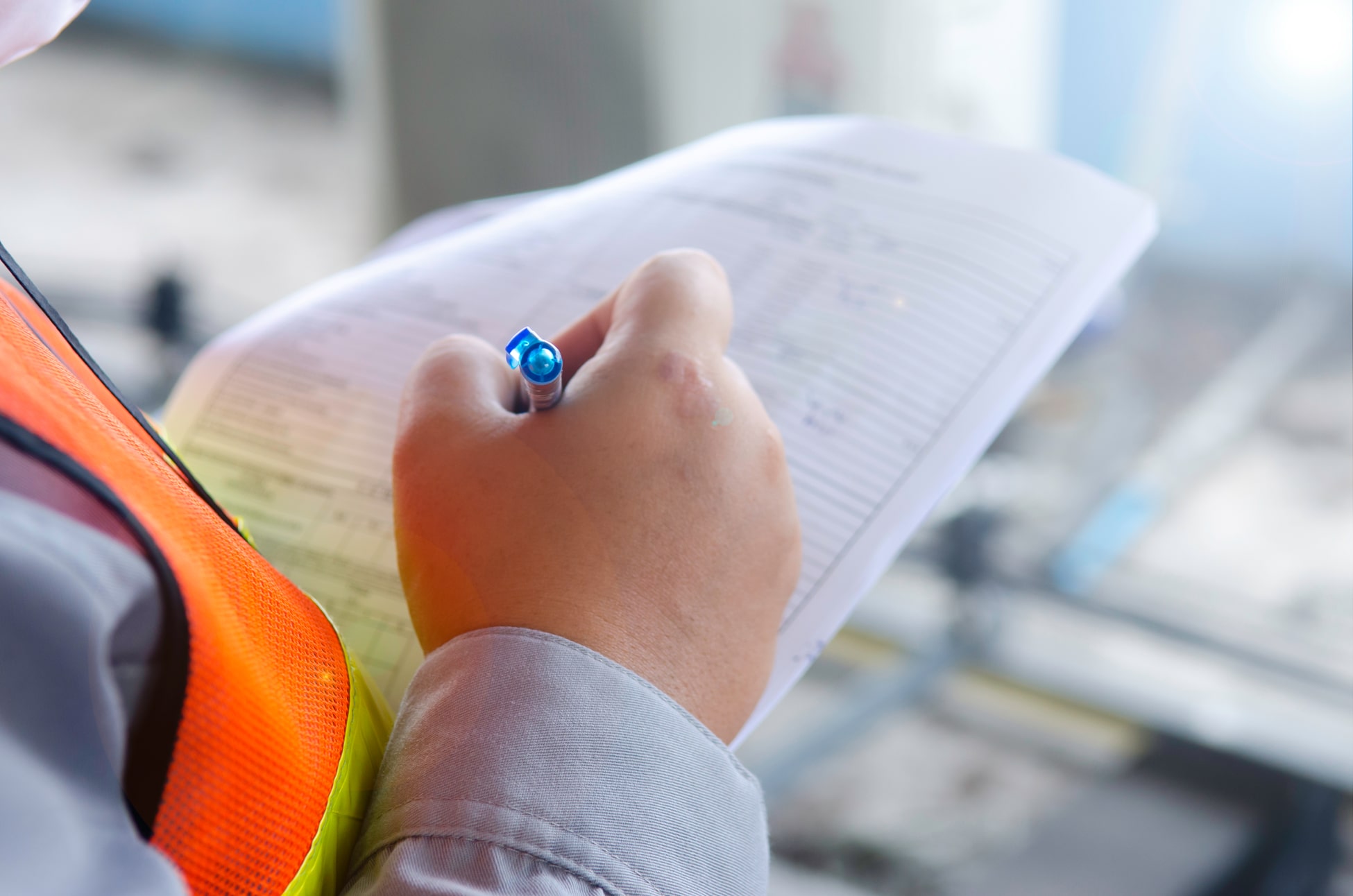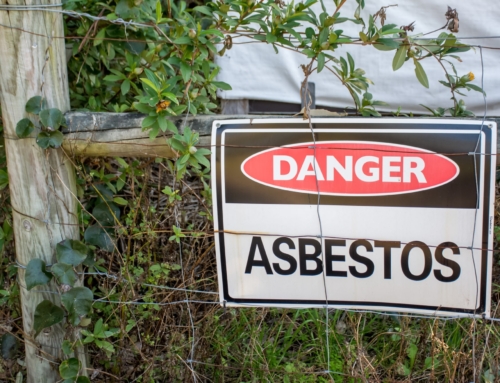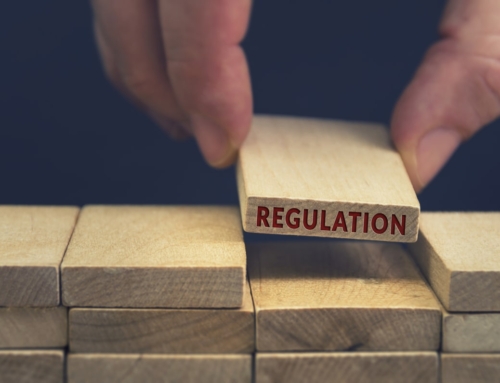Asbestos is a dangerous material that can cause serious health issues if its fibres are disturbed. Once widely used in construction, it can still be found in many buildings and homes, from pipe insulation and ceilings to asbestos garage roofs.

Before undertaking jobs like roofing work, an asbestos survey is often an essential step in older properties built before 2000. Here’s everything you need to know when planning roof repairs and replacements.
Does your roof need an asbestos survey before work begins?
An asbestos survey is crucial before building work begins in older properties and outbuildings where ACMs (asbestos-containing materials) may still be present. If not, you could disturb asbestos fibres, which can cause severe health complications like lung cancer. Asbestos is found anywhere from cement sheets to rooflines.
An asbestos roof survey is the best way to determine the presence, type and condition of ACMs. If you’re planning a demolition or roof removal, you may need a specialist survey that’s more intrusive than other types, giving you data to plan a safe project. Conducting an asbestos survey before roofing work ensures ACMs are appropriately managed and handled, preventing accidental exposure.
What happens after an asbestos survey?
Once an asbestos survey is completed, a report is provided with information on presumed and confirmed ACMs. This report will need to be given to any roofing contractors performing the work, and they may wish to liaise with your asbestos surveyor.
A full risk assessment will be required before asbestos roof work begins to ensure hazardous materials aren’t disturbed. Your asbestos contractor may even offer a complete roof removal and replacement for the safest of processes.
Do asbestos roofs need to be removed?
Not all asbestos roofs need to be removed immediately. It will depend on the current condition of the ACMs and whether they remain intact. Regular monitoring is strongly recommended if you don’t wish to remove the roof after your survey.
If you’re planning roof work that may disturb the ACMs, removal may be required to stop the release of asbestos fibres. You’ll need to consult with an experienced asbestos contractor to assess what’s needed. They may also advise encapsulation to prevent fibre release, but if asbestos roofing is damaged or deteriorating, removal is the safest solution.
Should you remove an asbestos roof yourself?
Removing asbestos roofing yourself is very dangerous with serious health risks involved. If you release and inhale asbestos fibres, it can lead to conditions like asbestosis, lung cancer and mesothelioma, even years after exposure.
Certified asbestos removal contractors are highly trained to handle and dispose of ACMs with the utmost care. They have the necessary protective equipment and containment procedures to remove your asbestos roofing while keeping anyone nearby safe.
Need an asbestos roofing contractor? Call us now
Goodbye Asbestos offers expert services across Kingswood, Kingston upon Thames and beyond. For help with an asbestos survey or asbestos roof removal, get in touch.




